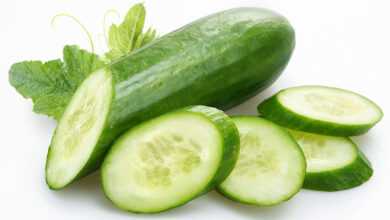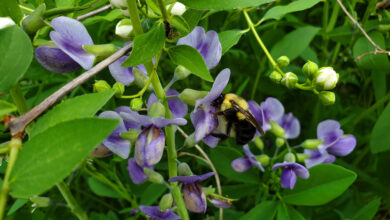2017 – The Year of the Pansy
2017 has been declared the Year of the Pansy by the National Garden Bureau and the happy, colorful blooms can be enjoyed as much in the fall as in the spring.

According to the National Garden Bureau, garden pansies (Viola x wittrockiana) are a mixture of several species. The names “pansy,” “viola” and “violet” are sometimes used interchangeably, but modern pansies are classified by the American Violet Society as having large-flowered blooms with two slightly overlapping upper petals, two side petals, and a single bottom petal, with a slight beard in the center.
Pansies are considered annuals and add fresh color during cooler times of the year in spring and fall. The blooms come in a wide range of colors including white, black, purple, yellow and orange. I’ve seen photos of pots with black and orange pansies for Halloween which are really beautiful and so seasonal.
Grow pansies in your flower beds and landscape plantings or in planters. Include them in your cool-season vegetable garden as the blooms are edible (do not spray with pesticides if you plan to eat them) and add color to salads and in decorating cookies and cakes.
Pansies have performed very well in my gardens in the fall, and the winter-hardy varieties have been spectacular the following spring; far out-blooming newly purchased plants.
Pansies will continue to blossom in the fall until temperatures get too cold or until the ground is frozen. Remove spent blooms to encourage more flowers.
When planting pansies, pick a spot that drains well and gets plenty of sunlight. They will grow in partial shade, but sunshine brings out more blooms. Pansies like acidic soil, with a pH of 5.4 to 5.8. They also prefer soil that is rich, so add organic material such as aged manure, leaf mold or compost.
Plant six-inches apart, as pansies can grow to be 8 to 10 inches wide. Water fall transplants well, although as temperatures continue to drop, you will need to water less. Fertilize pansies in the spring once their growth starts.
Avoid watering pansies in the late afternoon or evening to help prevent disease. Slugs can be an issue with pansies, especially during the cool seasons when pansies thrive.
If you would like to take extra precautions to over-winter pansies, mulch them with a light material such as straw. Pansies may be damaged by drying winter winds.
Pansy blooms are also easy to press, either with a floral press or between the pages of a phone book, for use in crafts or for hand-made Christmas gifts.
If you are looking for a change from chrysanthemums this fall, consider pansies. They truly are a flower for all seasons.






